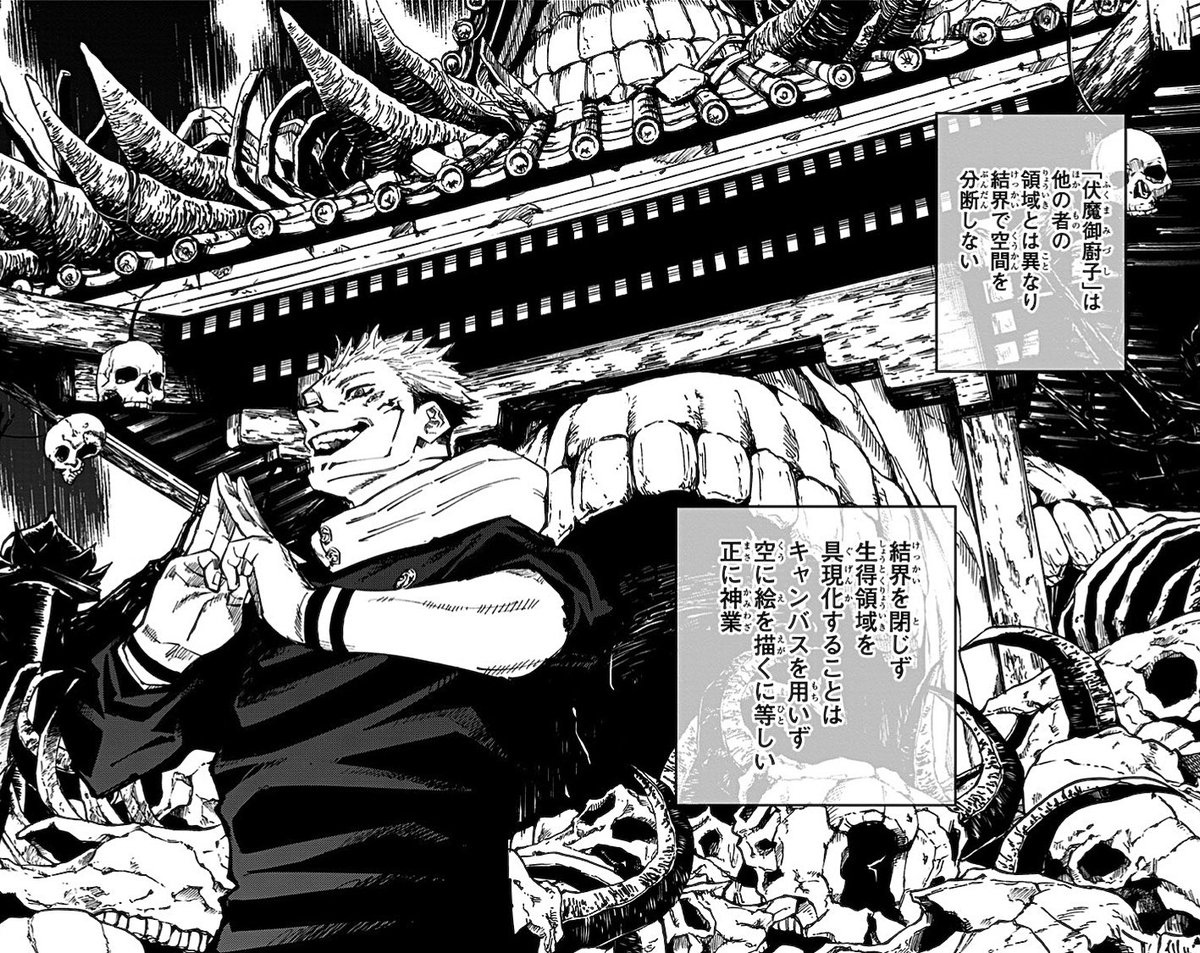Got the chance to check out Tatsuki Fujimoto’s latest interview about Ghibli!
In it, he talks about his views not just on Ghibli and Hayao Miyazaki, but also on the state of anime/manga, including some personal plans for the future
Here are some interesting notes


In it, he talks about his views not just on Ghibli and Hayao Miyazaki, but also on the state of anime/manga, including some personal plans for the future
Here are some interesting notes


-First Ghibli movie he watched in theaters & most rewatched today is Spirited Away
-Fav Ghibli character is Ashitaka from Princess Mononoke
-He differentiates manga from other formats, e.g. Ashitaka’s famous arrow scenes wouldn’t work as well, they’d only take small panels
-Fav Ghibli character is Ashitaka from Princess Mononoke
-He differentiates manga from other formats, e.g. Ashitaka’s famous arrow scenes wouldn’t work as well, they’d only take small panels
-Fuji thinks ppl like Miyazaki who travel for research will be no more in the future 😢
-It’s also why he believes Shinkai continues to make films based in JP, it’s what he’s best at
-Wants to shade and detail more in CSM but it’s actually hard to do that for a weekly series


-It’s also why he believes Shinkai continues to make films based in JP, it’s what he’s best at
-Wants to shade and detail more in CSM but it’s actually hard to do that for a weekly series


-While he enjoys films in a way where he can pick out Miyazaki’s style, he also likes watching w/o thinking too critically
-This is easier for Ghibli films than say, American Sniper where social issues of the era are important
“Everything you should know is already in the film”
-This is easier for Ghibli films than say, American Sniper where social issues of the era are important
“Everything you should know is already in the film”

-Admires Miyazaki’s ability to “balance business and artistry” in his works
-Miya’s paneling composition is top-tier like for his manga Nausicaa of the Valley of the Wind
-Agrees with Oda’s (One Piece) statement of how Miya’s Ghibli storyboards are similar to that of mangaka
-Miya’s paneling composition is top-tier like for his manga Nausicaa of the Valley of the Wind
-Agrees with Oda’s (One Piece) statement of how Miya’s Ghibli storyboards are similar to that of mangaka

-He was able to work on Lookback (2021) leisurely bc of CSM’s success & pay his assistants for that longer period too
-Newcomer mangakas can’t do this, financially impossible
-Fujimoto wants to be like Asa Akasaka (Kaguya-sama, Oshi no Ko) and only write stories in the future


-Newcomer mangakas can’t do this, financially impossible
-Fujimoto wants to be like Asa Akasaka (Kaguya-sama, Oshi no Ko) and only write stories in the future


-To him, while there is fun in writing just stories there’s not as much fun in only drawing for sake of art
-Believes Miyazaki can make stories with themes that can resolve issues in a more organic/realistic manner
-Along the lines of “entrusting your ideals” or “making a wish”
-Believes Miyazaki can make stories with themes that can resolve issues in a more organic/realistic manner
-Along the lines of “entrusting your ideals” or “making a wish”

-“I won’t forget what happened here once upon a time.” Experiences like the way you walk, riding a bike, etc
-Miyazaki’s films have that lvl of awareness from Fuji’s POV, along with a strong sense of authorship
-Basically Fujimoto really LOVES Spirited Away


-Miyazaki’s films have that lvl of awareness from Fuji’s POV, along with a strong sense of authorship
-Basically Fujimoto really LOVES Spirited Away


Link to full interview with Fujimoto and Kenta Terumura (interviewer) here:
shueisha.online/entertainment/…
shueisha.online/entertainment/…
@Khael_Lynn *Just Listen to the Song, not Goodbye Eri (sorry for the confusion!)
Since peeps are so interested in these bits, here are brief translations on Fujimoto’s thoughts about writing only stories; Nausicaa compared to his own current manga; and how Miyazaki’s personal abroad experience makes his generation a bygone era




• • •
Missing some Tweet in this thread? You can try to
force a refresh

 Read on Twitter
Read on Twitter



























